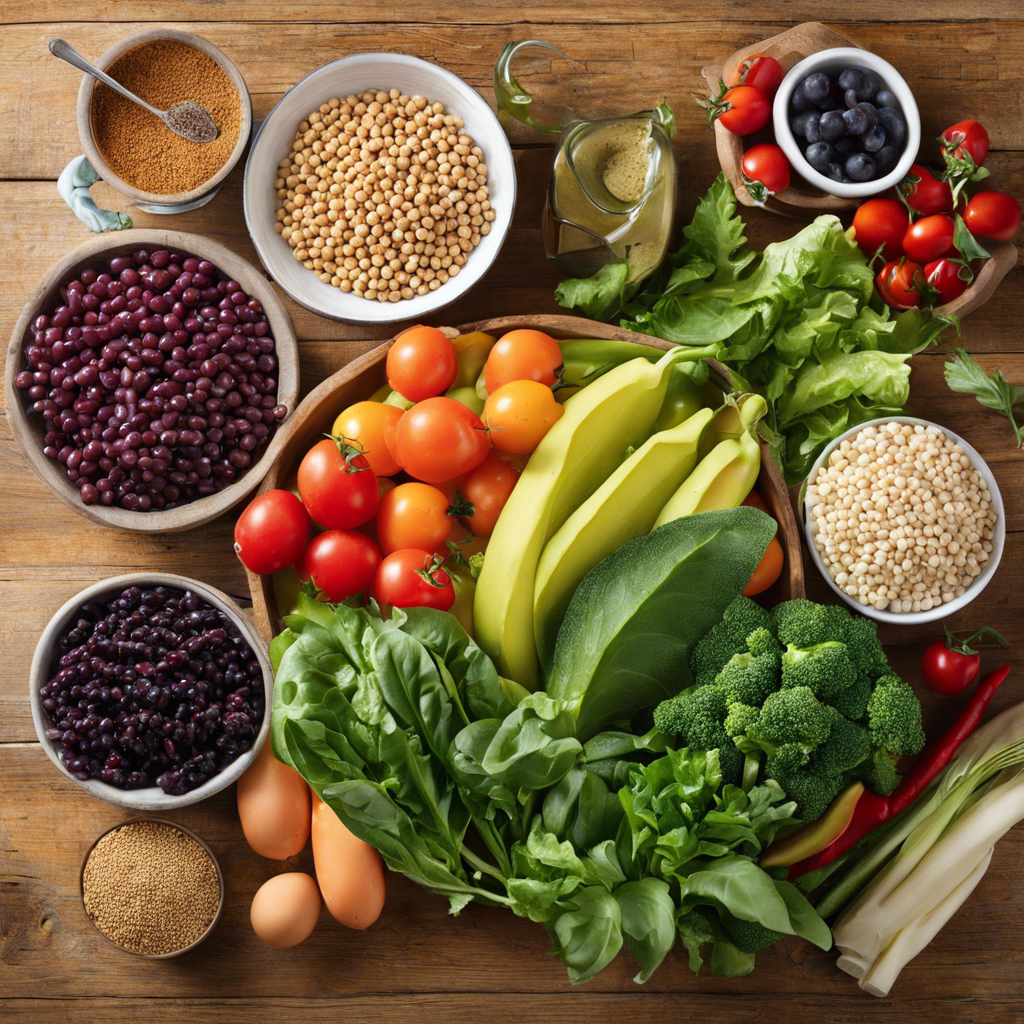Transitioning to a plant-based diet can seem daunting, but with the right guidance, it can be a rewarding and healthful journey. A plant-based diet emphasizes whole, minimally processed foods derived from plants, including vegetables, fruits, whole grains, legumes, nuts, and seeds. This type of diet can offer numerous health benefits, such as improved heart health, better weight management, and a lower risk of chronic diseases. Here’s your complete guide to going meatless and embracing a plant-based lifestyle.
Start by gradually incorporating more plant-based foods into your meals. You don’t need to eliminate all animal products overnight. Begin by adding more vegetables, fruits, and whole grains to your diet while reducing your meat intake. For instance, try having a meatless day once a week, commonly known as “Meatless Monday.” This gradual approach allows your palate and digestive system to adjust to the new diet, making the transition smoother and more sustainable.
One of the keys to a successful plant-based diet is variety. Ensure you’re getting a wide range of nutrients by including a colorful array of vegetables and fruits in your meals. Different colors often indicate different nutrients, so aim to eat a rainbow of produce. For example, leafy greens like spinach and kale are rich in iron and calcium, while orange and red fruits and vegetables like carrots and tomatoes provide beta-carotene and antioxidants. This variety not only boosts your nutrient intake but also keeps your meals interesting and flavorful.
Protein is a common concern for those new to plant-based eating, but there are plenty of plant-based protein sources available. Legumes, such as beans, lentils, and chickpeas, are excellent protein sources and can be used in various dishes, from soups and stews to salads and burgers. Nuts and seeds, such as almonds, chia seeds, and hemp seeds, also provide protein and healthy fats. Additionally, whole grains like quinoa and farro contain protein, making them great additions to your meals. Incorporating these foods ensures you get enough protein without relying on animal products.
Learning to cook with plant-based ingredients is essential. Explore new recipes and cooking techniques to make plant-based eating enjoyable and satisfying. There are many plant-based cookbooks and online resources that offer delicious and easy-to-follow recipes. Experiment with different cuisines, as many traditional diets around the world are naturally plant-based. For instance, Mediterranean cuisine emphasizes vegetables, legumes, and whole grains, while Asian cuisines often include tofu, tempeh, and a variety of vegetables. Trying new recipes keeps your diet exciting and helps you discover new favorite dishes.
Meal planning and preparation can significantly ease the transition to a plant-based diet. Plan your meals for the week, focusing on incorporating a variety of plant-based foods. Preparing meals and snacks in advance can save time and ensure you have healthy options readily available. Batch cooking, where you prepare large quantities of food and store portions for later, is a great strategy. For example, cook a big pot of vegetable soup or chili and freeze individual servings. Having these meals on hand can prevent you from reaching for less healthy options when you’re short on time.
Reading food labels is important when adopting a plant-based diet. Some processed foods may contain hidden animal products or additives that you might want to avoid. Look for labels that indicate the product is vegan or plant-based, but also check the ingredient list for any animal-derived ingredients. Familiarize yourself with common non-vegan ingredients like gelatin, casein, and whey. Opt for whole, minimally processed foods as much as possible to ensure you’re getting the most nutrients and the least amount of additives.
Dining out on a plant-based diet can be challenging but manageable with some planning. Research restaurants ahead of time to find plant-based options or call ahead to ask about their menu. Many restaurants now offer vegetarian and vegan options, but you can also customize dishes to fit your diet. For instance, ask for a salad with extra vegetables and no cheese, or request a veggie stir-fry without meat. Don’t hesitate to communicate your dietary preferences to the staff; most establishments are happy to accommodate.
Staying motivated and informed is crucial for maintaining a plant-based diet. Join online communities or local groups of like-minded individuals for support and inspiration. Sharing recipes, tips, and experiences with others can provide valuable encouragement and keep you committed to your new lifestyle. Additionally, educate yourself about the benefits of plant-based eating through books, documentaries, and reputable websites. Understanding the positive impact on your health and the environment can reinforce your commitment and help you stay on track.
Transitioning to a plant-based diet is a journey that can lead to significant health benefits and a greater appreciation for a variety of foods. By starting gradually, incorporating diverse and nutritious plant-based foods, learning new cooking techniques, and seeking support, you can successfully embrace a meatless lifestyle. Remember, the goal is progress, not perfection, so take it one step at a time and enjoy the delicious and healthful benefits of a plant-based diet.
